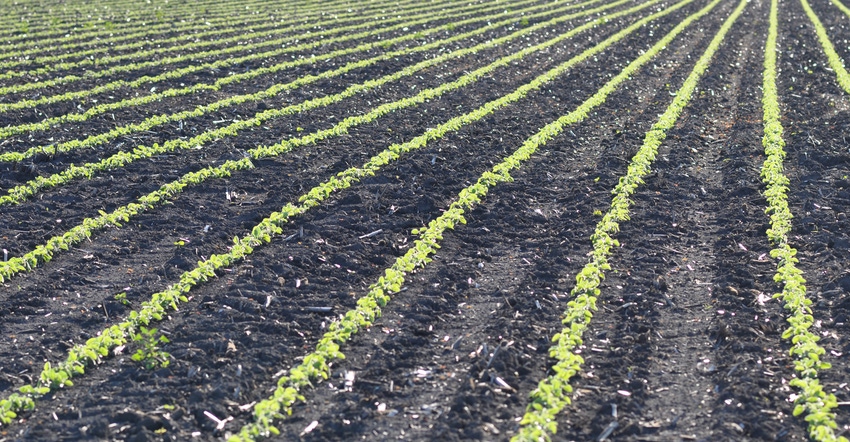January 2, 2019

By Ross Albert
As a farm asset manager and, therefore, a lover of land, I often find myself talking with clients and prospects about why farmland is a great investment. While my belief in farmland as a solid investment remains strong, it is important for landowners to evaluate the bigger picture.
Today’s economic picture of buying good to excellent Midwest farmland is different than just a few years back. Lower commodity prices have put pressure on farm incomes, and increasing interest has made other low-risk investments more competitive with farmland.
What should a farmland owner who’s interested in further land investments consider? Here are three things I recommend:
1. Invest in farms you already own. I have clients who have made very competitive returns the past few years by investing in the farm they own as opposed to purchasing additional land. Capital improvements include irrigation systems, on-farm storage and farm drainage. The irrigation systems led to specialty crop production and higher incomes, while on-farm storage allows for identity-preserved or commodity specialization and a better final market price for the crop. Field drainage typically increases production.
Just recently on a managed farm, my clients decided to pattern-tile half of their farm as opposed to buying more land. This past year, that half of the farm yielded 9 bushels of soybeans more than the half of the farm that was not tiled. In that particular case, the owner picked up roughly $80 (9 bushels times $9) per acre on the $600-per-acre field tile investment. That is a little over a 13% return on the investment, which could not have been generated with a new farm purchase.
2. Consider alternative short-term investments. As interest rates climb, the return on CDs and interest-bearing money market accounts begin to be more competitive. Agricultural banking and investment management institutions (similar to the one I represent) are offering interest-bearing accounts that are producing returns competitive with what a new farmland purchase may produce. While I am not recommending placing funds in an account as opposed to purchasing new land, I do think it is important to evaluate the options and make a decision accordingly.
3. Do nothing and remain patient. While the future is uncertain, recent land values have been on a soft decline in most Midwest regions. For the investor who wants to expand his or her portfolio, time has been on their side for the past few years. In this environment, it may be acceptable to think in terms of buying the right piece rather than just purchasing land to be in the market. Being patient and buying that contiguous piece or the piece you have wanted for years may be the best play. Having “dry powder” may be best for some landowners who don’t need to invest their money immediately.
Farmland investors need to consider their options and determine their strategy for farmland investments. An evaluation of long-term goals and the current environment should be done on a regular basis.
Albert is a farm manager with Soy Capital Ag Services, Bloomington, Ill. He is a member of the Illinois Society of Professional Farm Managers and Rural Appraisers, whose members regularly contribute to this column. Email farm management questions to Carroll Merry at [email protected].
You May Also Like




